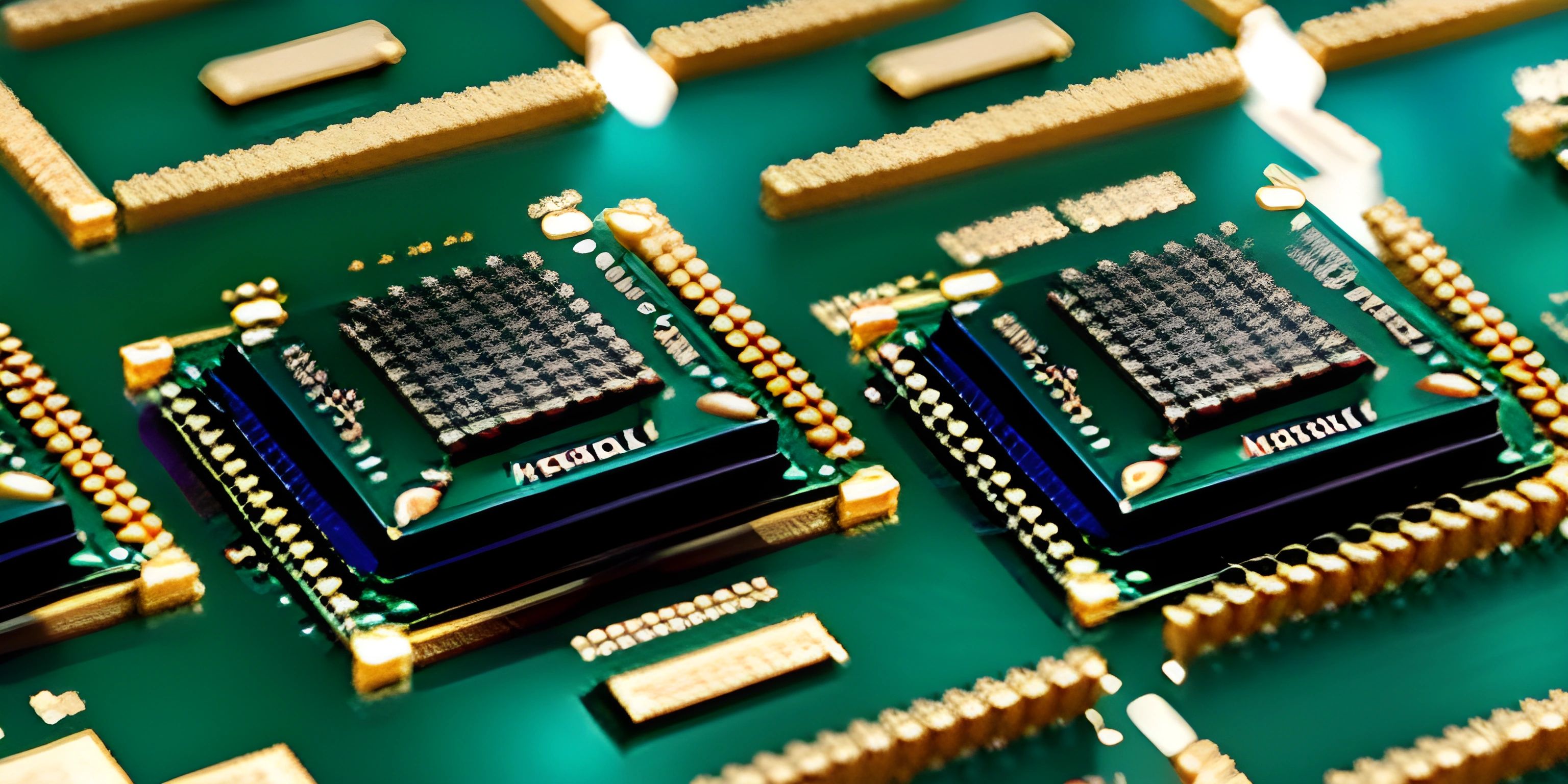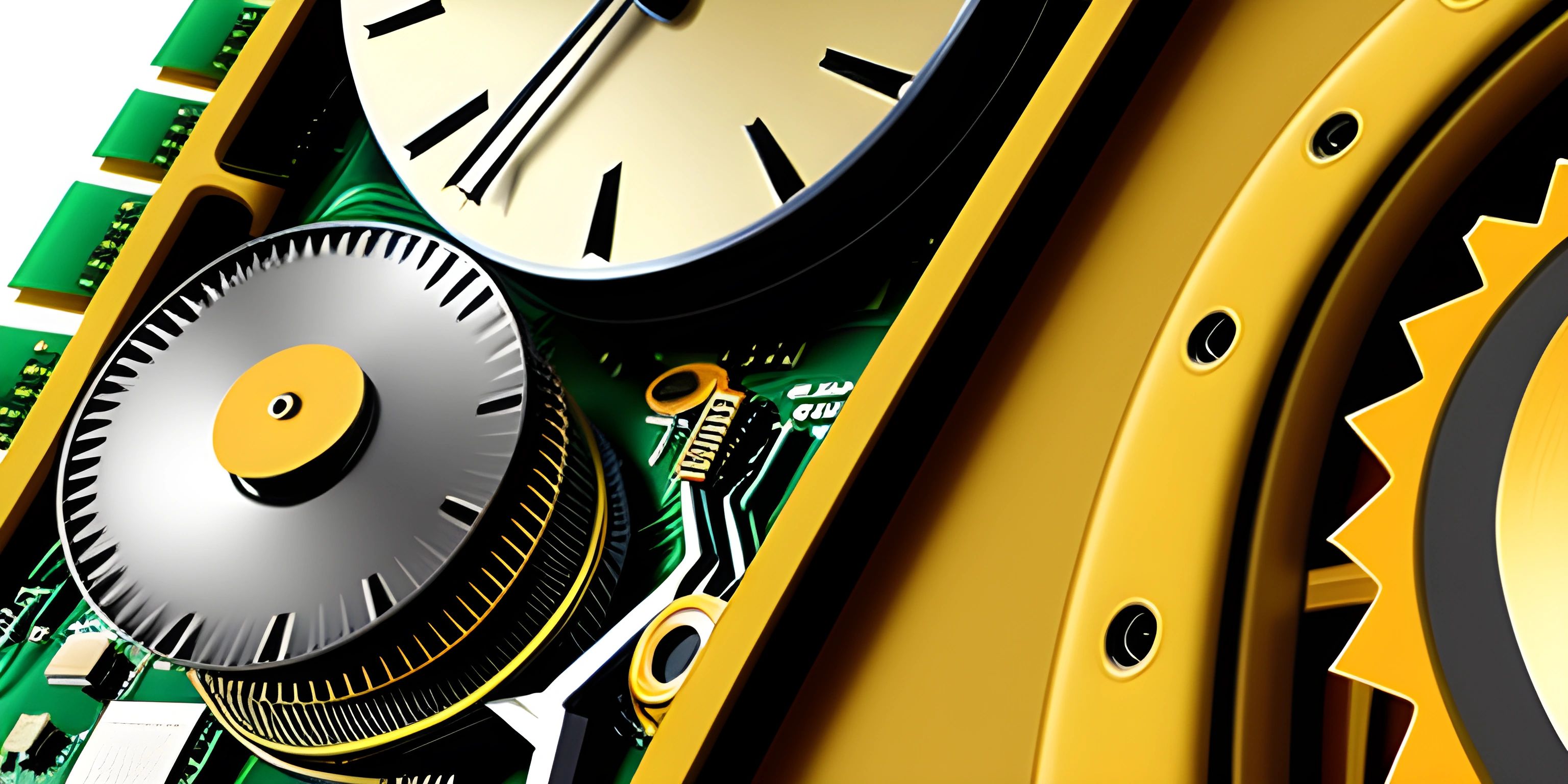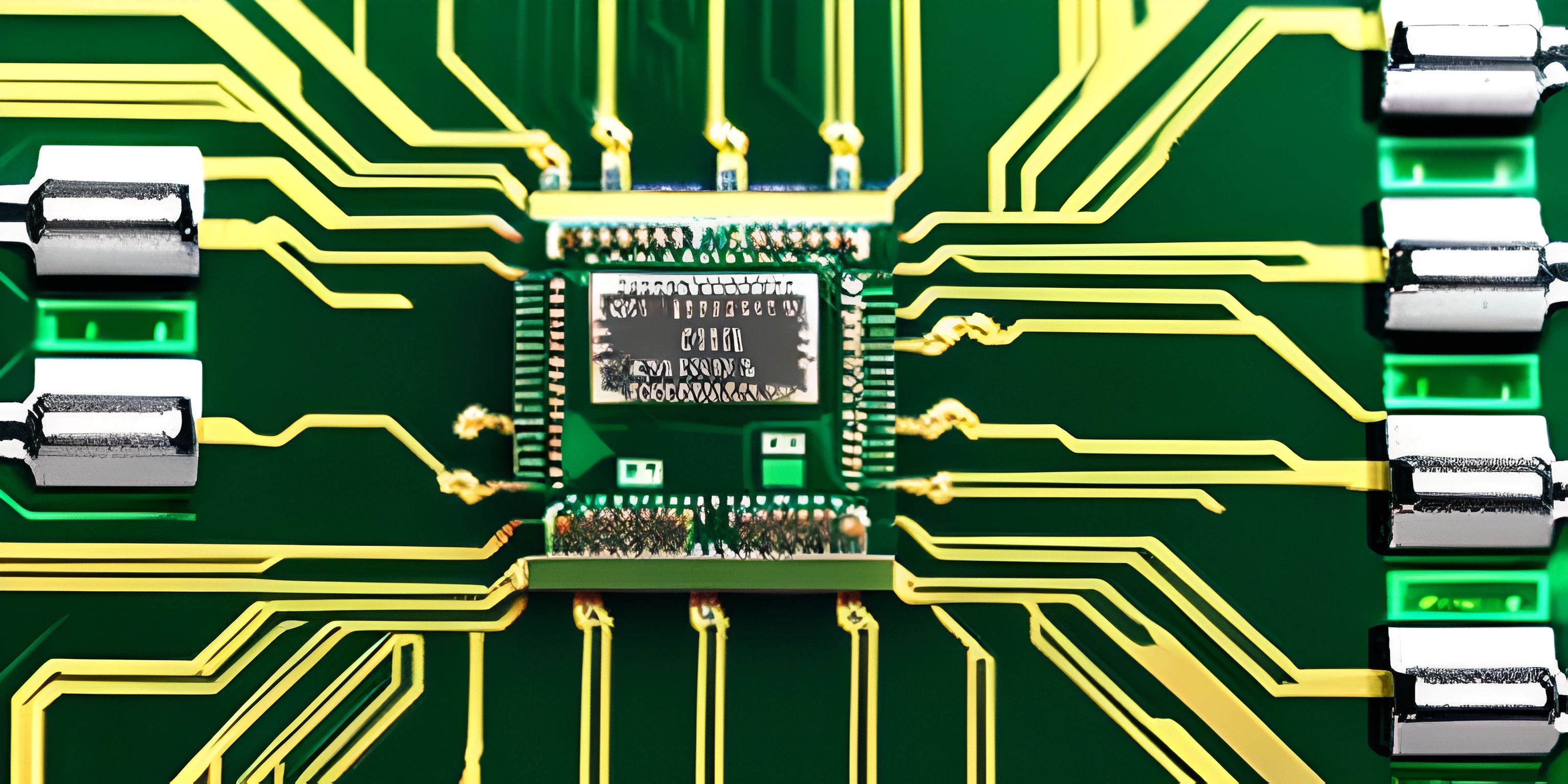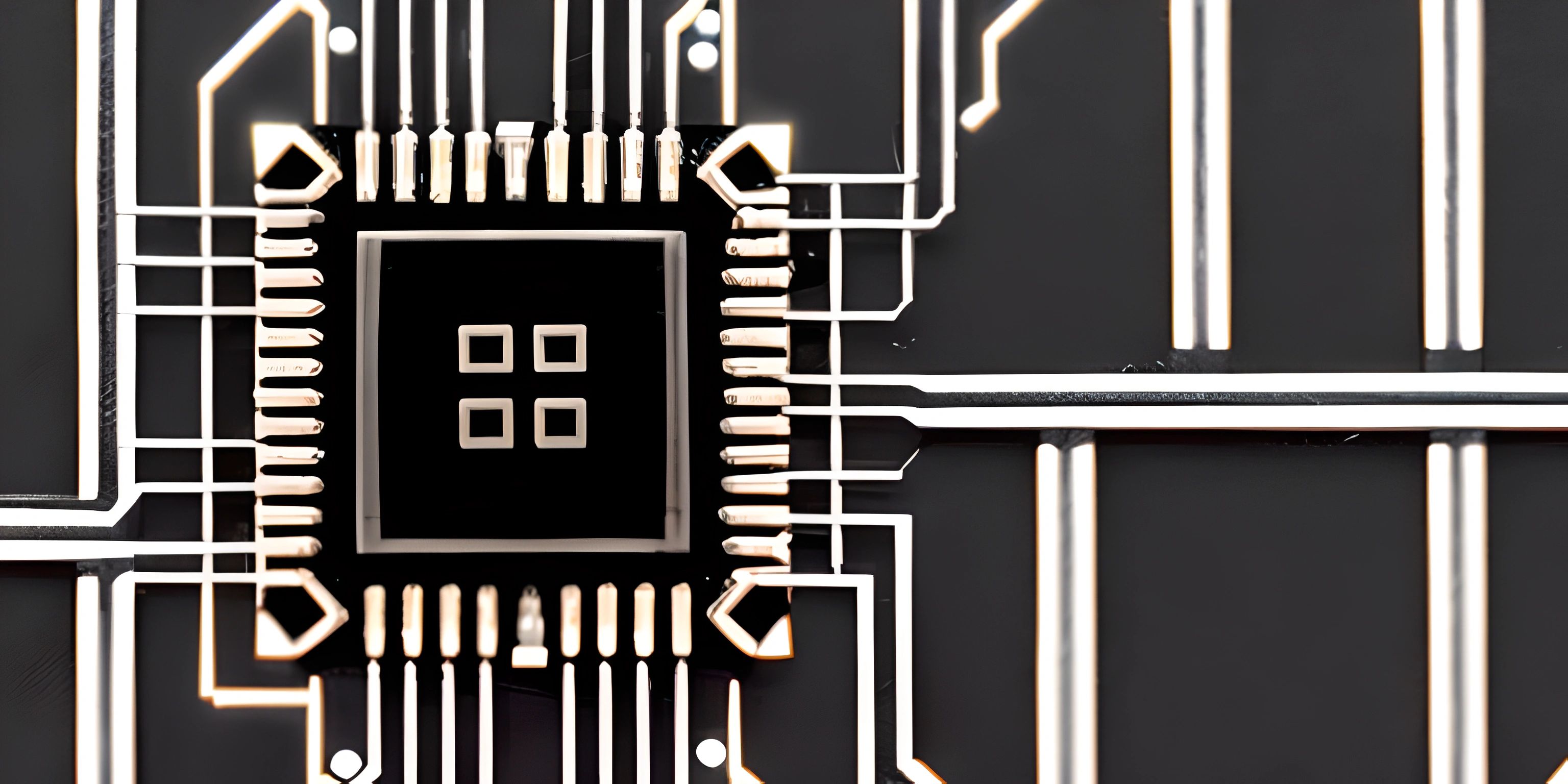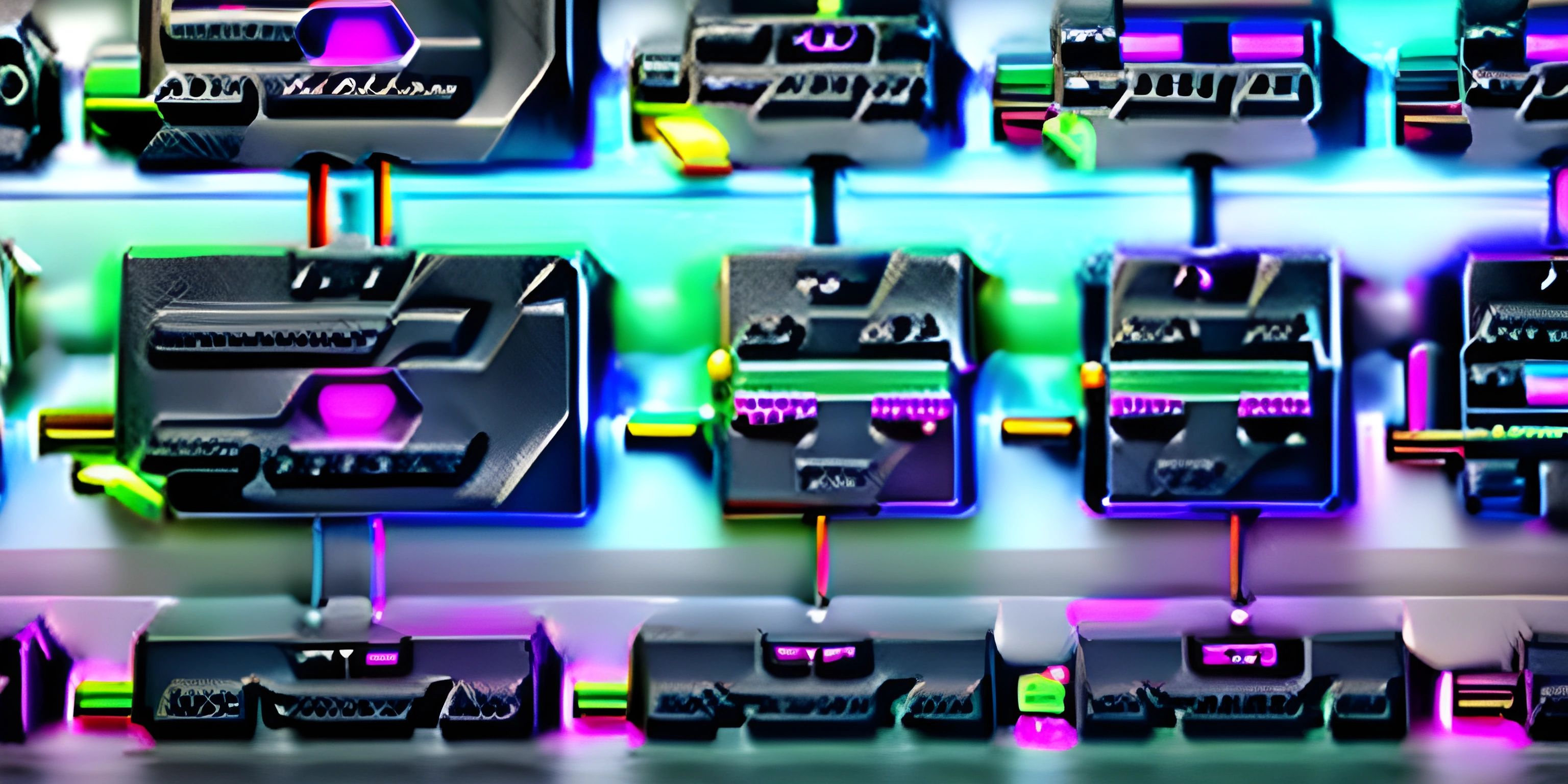CPU Anatomy and Architecture
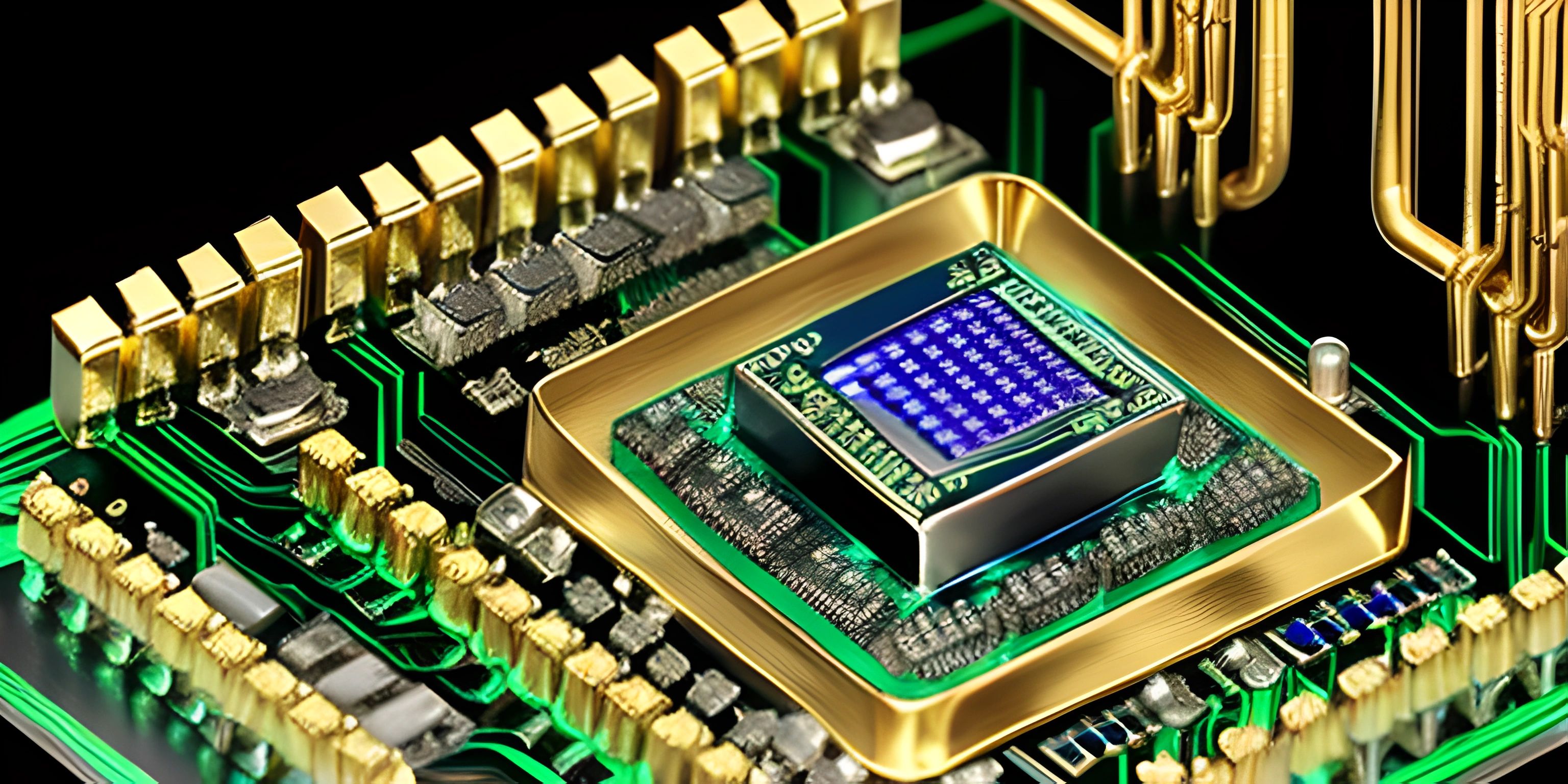
Note: this page has been created with the use of AI. Please take caution, and note that the content of this page does not necessarily reflect the opinion of Cratecode.
The Central Processing Unit, or CPU, is the brain of any computer system. It's responsible for carrying out instructions and performing calculations at lightning speed. But what exactly goes on inside this tiny yet powerful component? Let's take a closer look at its anatomy and architecture to find out!
The CPU's Main Components
A CPU is composed of several key parts that work together in harmony to process and execute instructions. Here's a quick breakdown of the main components:
Control Unit (CU)
The Control Unit is the traffic cop of the CPU. It's in charge of coordinating and managing the flow of data between the CPU and other components within the computer system. The CU fetches instructions from memory, decodes them, and then sends them to the appropriate part of the CPU for execution.
Arithmetic Logic Unit (ALU)
The Arithmetic Logic Unit is responsible for performing all the mathematical and logical operations that a CPU needs to execute. This includes everything from addition and subtraction to logical comparisons, such as determining if a value is greater than, equal to, or less than another value.
Registers
Registers are small, super-fast storage locations within the CPU itself. They hold data that the processor is currently working on or needs quick access to. Registers come in various types, including general-purpose registers, which can hold any type of data, and special-purpose registers, designed for specific tasks like holding addresses or CPU flags.
CPU Architecture
CPU architecture refers to the design and layout of a processor, including how its components are organized and communicate with one another. There are two primary types of architecture: CISC (Complex Instruction Set Computing) and RISC (Reduced Instruction Set Computing).
CISC Architecture
CISC CPUs are designed with a large number of complex instructions that can perform multiple operations in a single step. This can make programming easier, as it reduces the number of instructions a programmer needs to write. However, this complexity can also result in slower processing speeds, as each instruction takes more time to execute.
RISC Architecture
RISC CPUs, on the other hand, focus on a smaller set of simple, efficient instructions that execute quickly. This allows for faster processing times but can require more instructions to be written by programmers. RISC architecture is often found in devices that prioritize efficiency and low power consumption, such as smartphones and tablets.
Clock Speed and Performance
The clock speed of a CPU is a measure of how many cycles it can perform per second, measured in hertz (Hz). A higher clock speed generally means that a CPU can execute instructions more quickly, resulting in better overall performance. However, it's important to note that factors such as architecture, cache size, and the number of cores can also significantly impact performance.
In conclusion, the CPU is a fascinating and complex piece of hardware with several key components and distinct architectures. By understanding its anatomy and how it functions, you'll have a clearer grasp of the inner workings of a computer system and be better equipped to make informed decisions about computer hardware.
Hey there! Want to learn more? Cratecode is an online learning platform that lets you forge your own path. Click here to check out a lesson: Web Frameworks (React) (psst, it's free!).
FAQ
What are the main components of a CPU?
The main components of a CPU include the Arithmetic Logic Unit (ALU), the Control Unit (CU), and the cache memory. The ALU performs arithmetic and logical operations, the CU manages the flow of data and instructions, and the cache memory stores frequently accessed data for quick access.
How does the Arithmetic Logic Unit (ALU) work?
The Arithmetic Logic Unit (ALU) is responsible for performing arithmetic operations, such as addition and subtraction, and logical operations, such as AND, OR, and NOT. The ALU receives input from the control unit, processes the operation, and sends the result back to the control unit or another CPU component.
What is the role of the Control Unit (CU) in a CPU?
The Control Unit (CU) is the component of the CPU that manages the flow of data and instructions between various CPU components. It decodes instructions, generates control signals, and coordinates the execution of these instructions by the ALU, cache memory, and other components.
How does cache memory improve CPU performance?
Cache memory is a small, high-speed memory storage within the CPU that stores frequently accessed data and instructions. By keeping this data close to the processor, it reduces the time needed to fetch it from the main memory (RAM), thereby improving the overall performance and speed of the CPU.
Can you briefly explain the process of instruction execution in a CPU?
The process of instruction execution in a CPU involves the following steps:
- Fetch: The control unit retrieves the instruction from memory.
- Decode: The control unit decodes the instruction to determine the operation and operands.
- Execute: The control unit sends signals to the ALU or other components to perform the required operation.
- Store: The result of the operation is stored in the appropriate CPU component or memory location.

